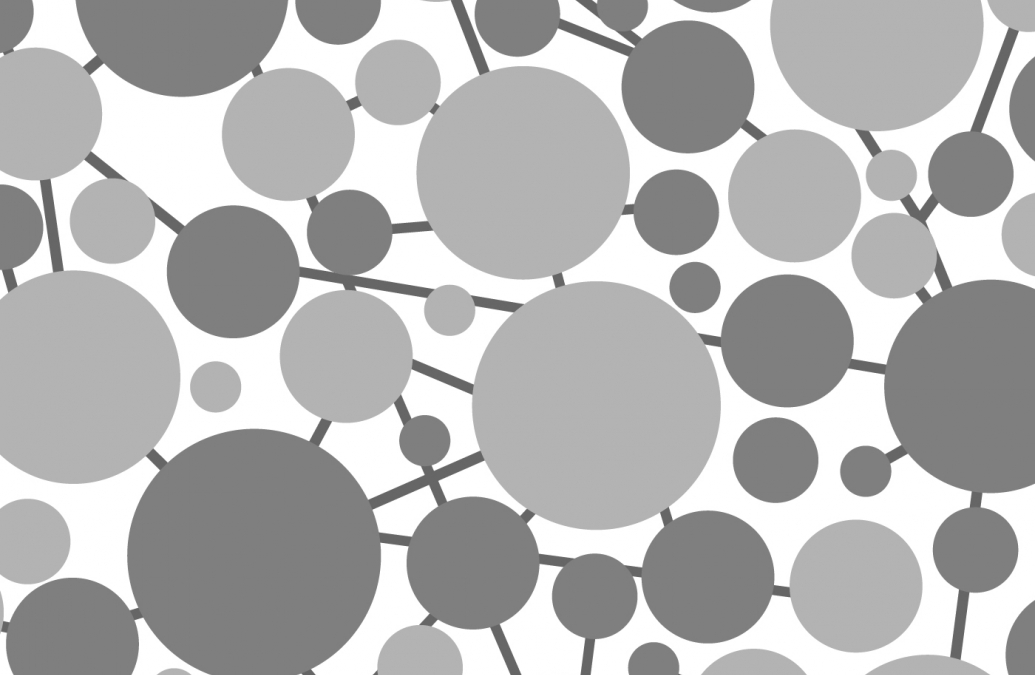A Point Upstream

Kaitlyn Tracy '15 is a Royce Fellow working on researching a treatment option to cure Osteoarthritis.
I am currently in Providence, where the weather remains confused between thunderstorms and heat, or sometimes both. However, in the nice air-conditioned lab, we've been making some progress. For my Royce project, I am working on finding a treatment for Osteoarthritis. There is currently no cure, or any non-surgical treatments for the millions of people worldwide who suffer from the disease.
The approach in the work I am a part of this summer is to target the mechanism of the disease at a point upstream of the ultimate degradation of cartilage. Several cytokines are thought to trigger this pathway, making them apt targets for our strategy.
With a specific target in mind, we use siRNA, small interfering RNA, to silence a step in the pathway. These small sequences of complementary RNA induce breakdown of the mRNA transcripts they target, so the mRNA is never translated into protein. This means that the gene is never expressed, causing a roadblock in the inflammatory process.
Finally, a delivery vehicle is needed to get the siRNA inside of the cell. This is the most challenging part of the process because firstly, nucleic acids are large, charged, and if unprotected, immediately degraded inside the cell. Secondly, chondrocytes (the cells that comprise cartilage) are difficult to transfect by nature. The method used in this project is a novel nanopiece that self assembles into a nantotube leaving space between stacked units within which siRNA is allowed to intercalate. With the siRNA integrated into the nanopiece, the whole unit can enter the cell where the siRNA will then be released to fulfill its duty.
We have shown successful transfection of cells with nanopieces, and are now testing the function of siRNA. As mentioned to all of us before we embarked on our projects, there are always unforeseen setbacks. For example, we just repeated the same experiment for the third time before we saw results! Some of our challenges come from working with primary cells taken directly from tissue, which take longer to grow and are more fragile. Another challenge has been ensuring that our negative controls are working properly. In our most recent round of experiments, we saw successful knockdown of a gene targeted by its respective siRNA, but we also saw knockdown from one of the negative control siRNAs - a little problematic. I would be interested to hear if anyone else is working with siRNA or gene knockdown in some form!
One of the most unexpected but coolest things I have done so far was isolating knee cartilage from baby mice. I was shocked to see that for a three-inch mouse, there is almost a pea-sized amount of cartilage from the two knees!
